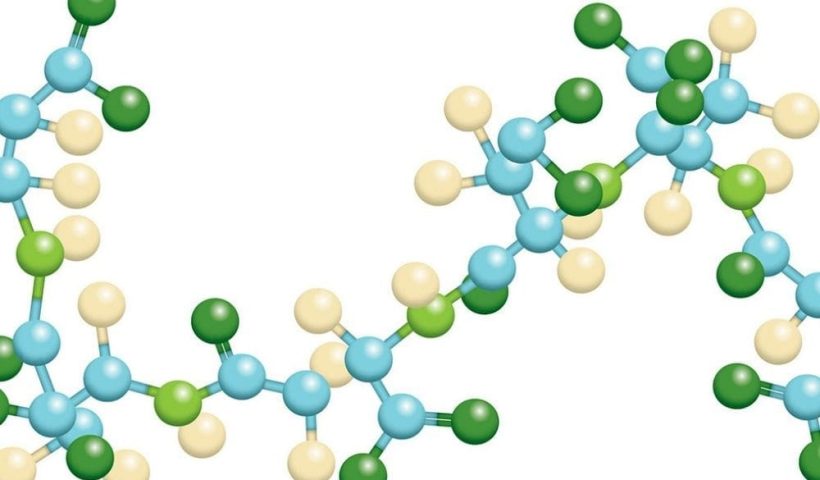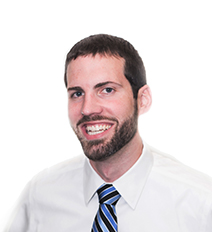
As Shakespeare once wrote, “Now is the winter of our discontent.” Writing this from the confines of my office during another cold, gray February day, I can certainly relate. However, in our industry, winter is not a time to be discontent when there is still so much that can be done. It’s a time for education, a time for travel, and a time when you can leave the golf course or sports field a little earlier in the day. But most of all, winter is a time for preparation. As the saying goes, one should plan one’s work, and work one’s plan.
For those that live in the south, you’ve been lucky enough to be blessed with mostly good weather. The snowbirds have been setting up tee times for a while now, and you’re still in the thick of things. For those closer to my latitude (central Indiana), the heat is certainly not on literally and figuratively (also bonus points for anyone that might have caught this obscure Glenn Frey song lyric). Regardless of your latitude, most of the year has yet to play out—which means there’s still plenty of time to learn and to try something new. If you haven’t seriously thought about trying something new to combat the unknowns and to build a little insurance into your program, then now is the time to act.
As we know, one of the only constant things in life is change. Weather changes from year to year, which certainly has an impact on turf and plants and on the soil. Our inputs can create changes over time too. What are almost imperceptible changes from day to day, can become larger shifts if one looks at it from month to month or year to year. Mineral levels can fluctuate, and pH levels can change. If you’re not taking soil tests regularly, are you confident that you know what these fluctuations are and that you have a plan to address them?
For example, continuous applications of ammonium-based fertilizers can reduce the pH in the soil; while on the other hand, nitrate-based fertilizers increase the soil pH. Why is this? When plants take up positively-charged ammonium, they release positively charged hydrogen ions in the soil. In contrast to this, when plants take up negatively-charged nitrate, they release negatively charged hydroxide ions in the soil.
The balance of hydrogen versus hydroxide ions dictates the soil pH. More hydrogen ions translate to a lower pH, and more hydroxide ions translate to a higher pH. Because the soil pH (more specifically the pH at the rhizosphere) dictates how effectively nutrients are taken up by the plant, monitoring the soil, your inputs, and the weather conditions over the past couple of months (and years) can be very important.
Trying something new, changing some part of a routine or program, can be intimidating. Sometimes the aversion centers around some underlying fear that something unpredictable or unknown could happen—and that it could produce negative results. In today’s day and age, the margin for error is certainly less than it used to be. Playing it safe is well, safe—until it isn’t. The challenges we face in our industry are real. Budgets are slimmer, expectations are higher, and the weather is perhaps even more unpredictable than it used to be. Playing it safe can translate into disaster when the same old program leads to a slow decline and eventual failure.
Technologies can and will help, but only the right ones. How is one to decide which technologies to use? Although there’s no bullet-proof answer, my advice is that you should surround yourself with people that you can trust and from which you can learn. I’m hopeful that your distributor and/or manufacturer sales representative(s) fall into this category. If not, you need to make new friends!
Recognizing that talk is cheap, and trust is tough to earn, Foliar-Pak is trying something new this year. We’ll be working on publishing our first peer-reviewed research on amino acids in collaboration with some PhDs from Purdue University.
Although this has taken and will continue to take an incredible amount of time and money, we believe in what we’re doing. More importantly, we believe in the T&O industry and making an investment in the education of those that are lucky enough to call the industry home is worth it. Turf (and ornamentals) is Foliar-Pak. All of our research, manufacturing, marketing, and sales that we do in-house is for the betterment of the T&O industry—and solely the T&O industry. It’s our home too. If we’re going to stand in front of you and tell you to try something new, we better have the data to help you work your plan. In the face of a changing socioeconomic climate with an ever-growing list of challenges for managers of turf and ornamentals, our time to act is now.



